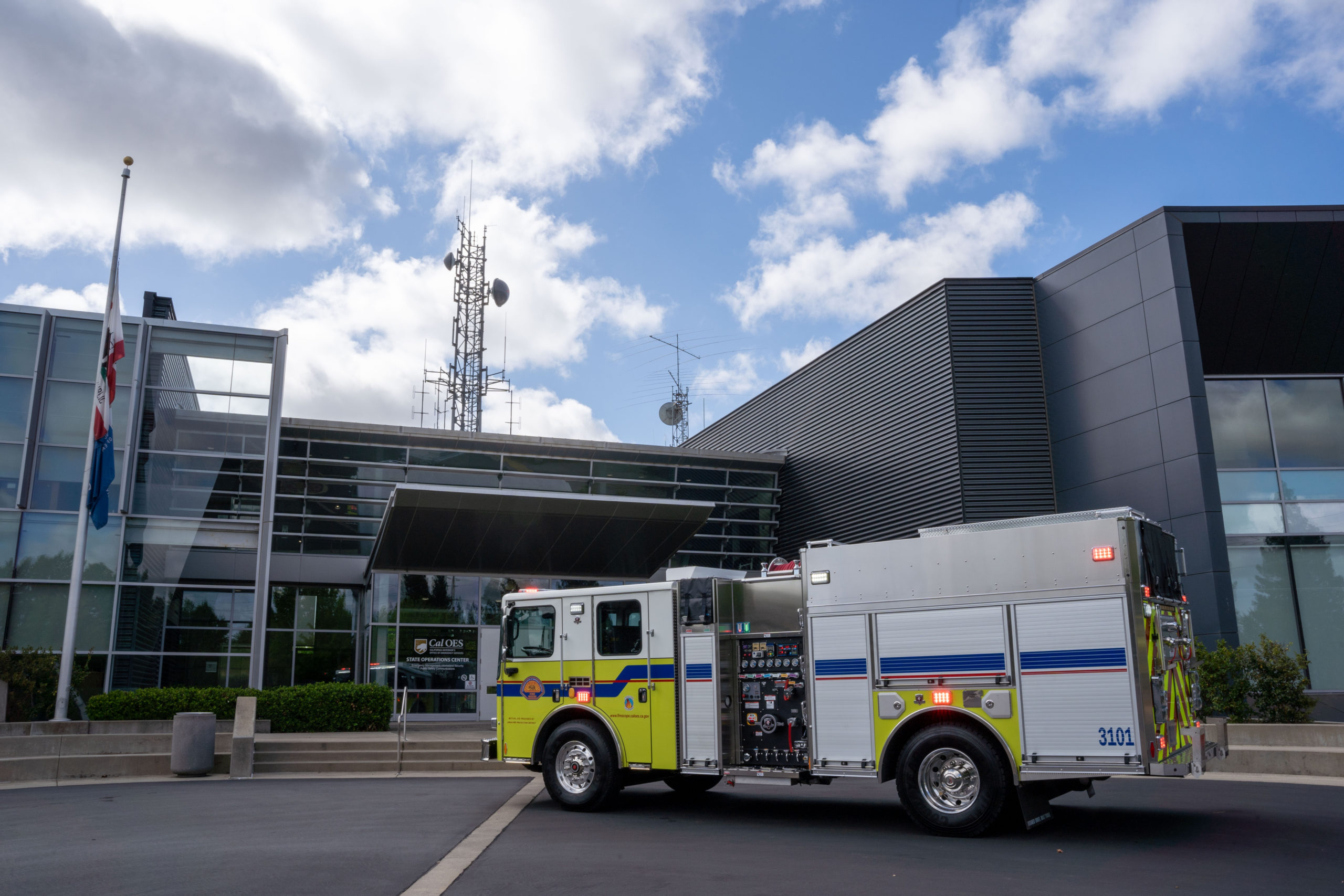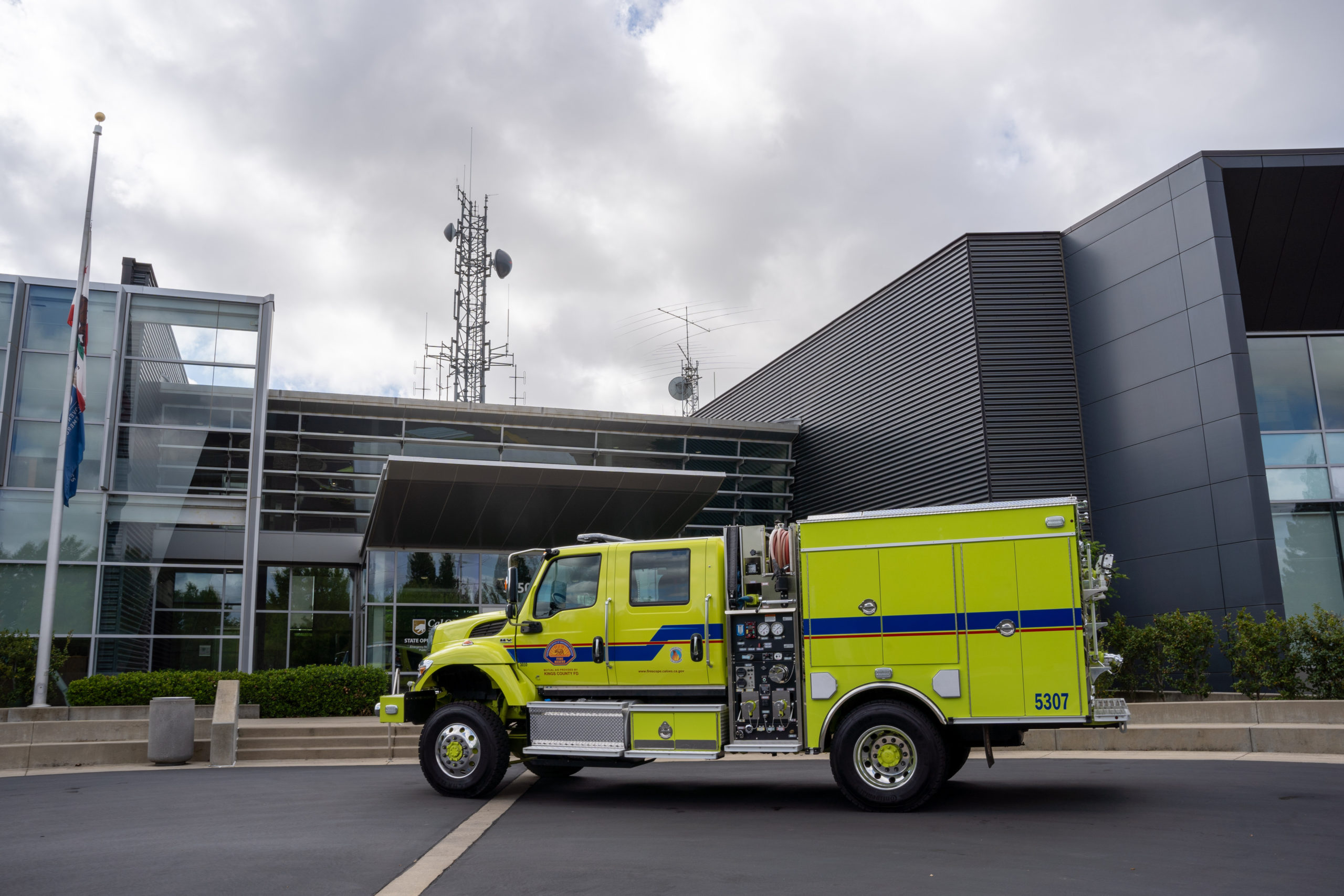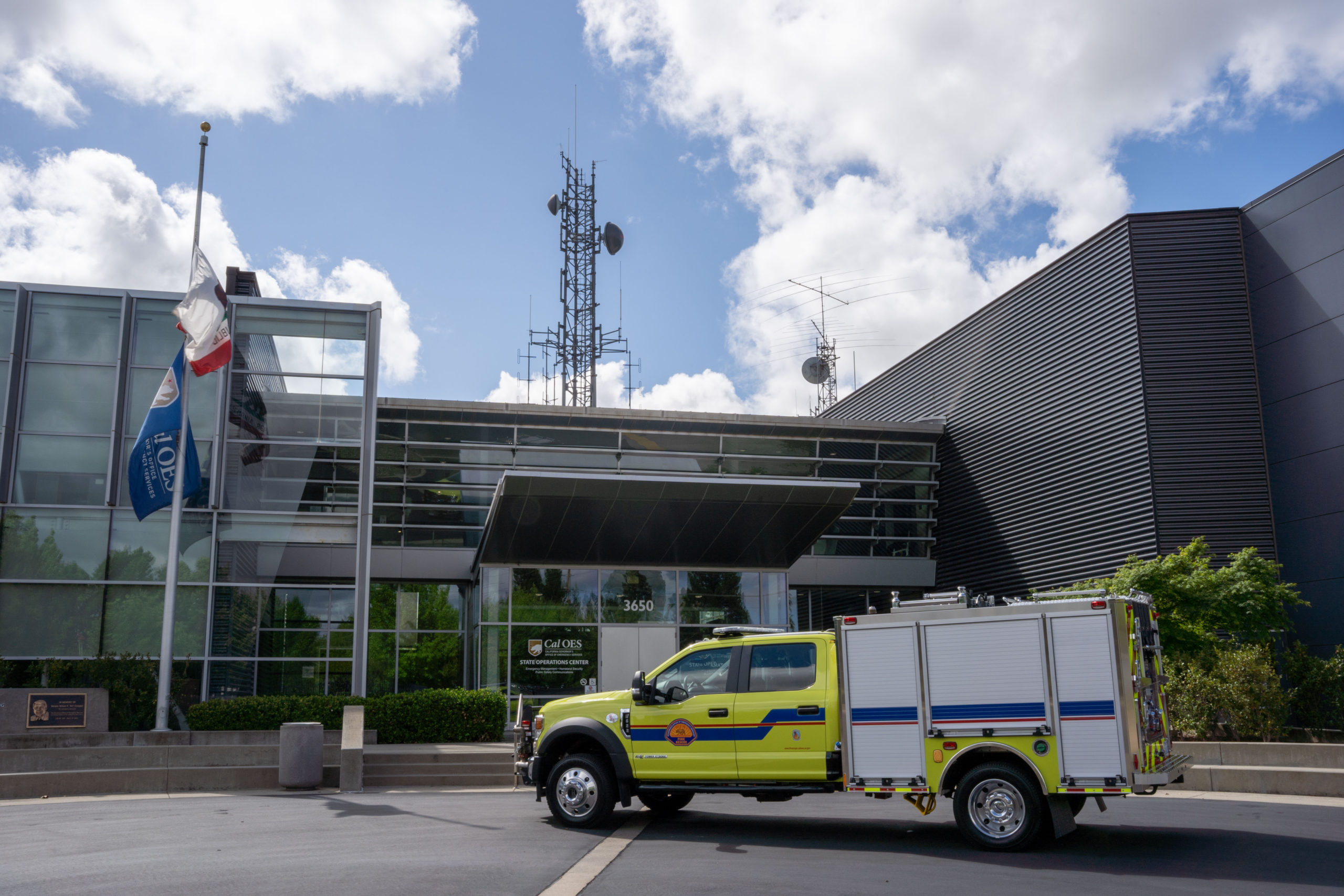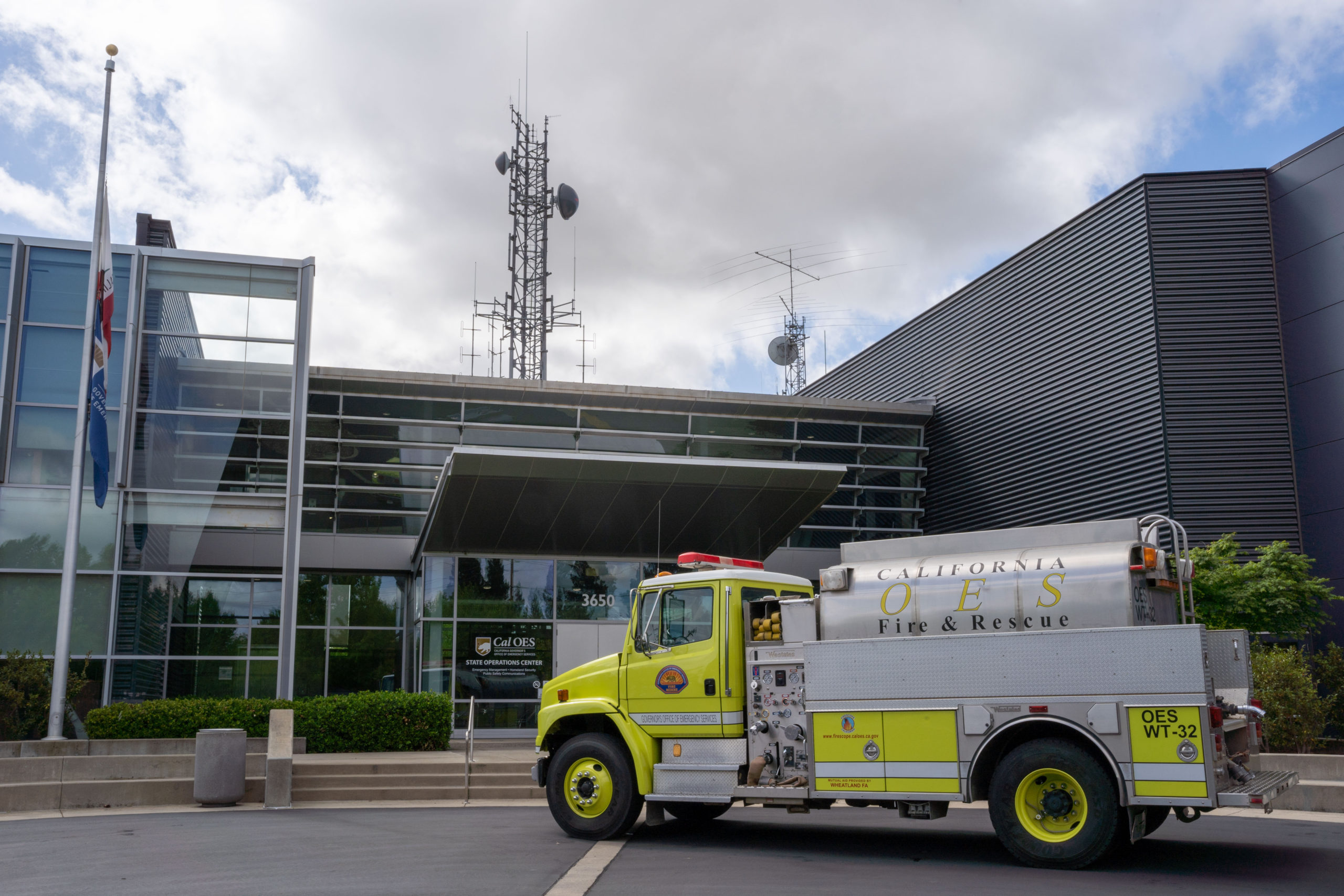As California’s lead emergency management agency, the California Governor’s Office of Emergency Services (Cal OES) is on the frontlines in coordinating disaster preparedness, response, and recovery efforts statewide.
“As we enter into this wildfire season, Cal OES is actively working on new technologies to keep our communities safe,” said Cal OES Director Mark Ghilarducci. “From being able to actively identify weather patterns to having the ability to actively see fire spread and determining how we deploy resources, these technologies are essential to our role in the mutual aid system and helps increase the ability to respond to all the threats we have in California.”
For wildfires, the Cal OES Fire and Rescue Branch facilitates the California Fire and Rescue Mutual Aid System to deploy its fleet of more than 270 fire engines to over 60 local partners across the state to build on the state’s capacity to respond to incidents of all types.
Cal OES assigns local government fire agencies with fire apparatus to maintain surge capacity during day-to-day duties and major events and emergencies.
From responding to wildfires in rural settings, to protecting structures in urban areas or performing urban search and rescue operations, these engines are outfitted to support a variety of situations.
Learn more about the Cal OES Fire and Rescue Branch Fleet:
The engines Cal OES deploys to local partners include:

Type I Fire Engine
Type I engines are the largest in the Cal OES firefighting fleet, and they’re mainly used for structure firefighting and defense. These engines can also be used for search and rescue, but aren’t intended for off road missions.
- They have the capacity to seat a 4-person crew and carry 800 gallons of water with a 15-hundred gallon per minute pump. These engines hook up to fire hydrants, creating an additional water source. They also come with a full range of structure, wildland, extrication, and urban search and rescue tools.
- Watch a video on the Type I Fire Engine: Cal OES Fire and Rescue Fleet – Type I Fire Engine – YouTube

Type III Fire Engine
Type III engines are mostly used for wildland fire response.
- These 4-by-4 vehicles can go off-road to battle California wildfires.
- They have the capacity to carry a 4-person crew, they carry 500 gallons.
- Their size allows them to get into places bigger engines can’t like rough terrain or hillsides.
- Watch a video on the Type III Fire Engine: Cal OES Fire and Rescue Fleet – Type III Fire Engine – YouTube

Type VI Fire Engine
Type VI (6) engines, able to carry a 4-person crew, are the smallest of the fleet.
- They can get into tight areas that other engines can’t.
- They carry 300 gallons of water and are mainly used for quick attack of fires.
- They also carry extrication tools, like the jaws of life, for rescue missions.
- Watch a video on the Type VI Fire Engine: Cal OES Fire and Rescue Fleet – Type VI Fire Engine – YouTube

Water Tender
Water tenders carry water to support firefighting operations.
- This all-hazards apparatus also can help combat fire after other emergencies like earthquakes.
- With the capacity to carry a 2-person crew, water tenders carry 2,000 gallons of water and are a vital resource when fire hydrants aren’t available.
Through the mutual aid system, each of these engines play an important part to save lives and protect property statewide.
These engines build on the capacity of our partners, both at Cal FIRE and the federal government.
For more information on preparing for wildfire, visit our website, news.caloes.ca.gov or follow us on our social media channels.
Resources

